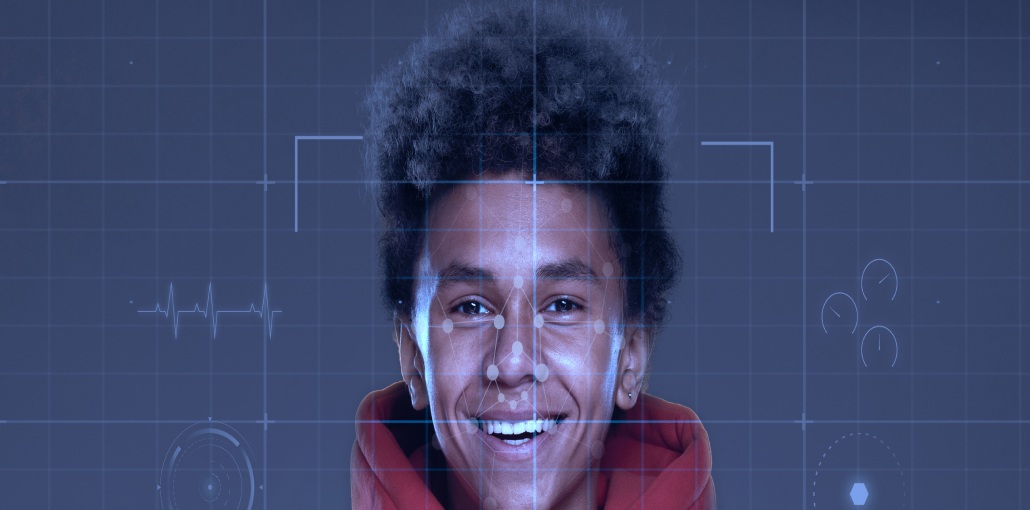For many of us, the term “deepfake” might be new, but it’s not for the internet world.
Many deepfake incidents have surfaced through the digital medium that fooled people, including pros.
Tell me, do you remember any deepfake incidents?
If it’s a NO, it might be that you didn’t get the phrase correctly.
Let’s recall some bygone incidents…!
- The pope in a puffer jacket.
- Vladimir Putin on bended knee kissing Xi Jinping’s hand.
- Barack Obama called Donald Trump a bad name.
- Mark Zuckerberg saying he’s in control of ‘billions of people’s stolen data.
And there’s more…
They are being designed using Artificial Intelligence, which uses machine learning’s deep language to process Avatar’s skin tone and voice.
As a recent study revealed, deepfakes are becoming increasingly harder to detect, and the number of expert-crafted deepfakes is continuing to increase at an annual rate of 900%.
Continue reading to learn more about how deepfakes work and how you can spot them confidently.
Understanding Deepfakes
That it talks about something that greatly has been counterfeited.
In layman’s terms, deepfakes are AI-created sort of fakes that don’t relate to real-world events but are typically used maliciously or to spread false information.
Deepfakes are widely in the form of images or videos (digitally) manipulated to compare one person’s likeness easily (face or body) with that of another.
This can be both intended or deliberate. But in most cases, they are intended.
Also read: Top Ways to Protect Customer Information
Types of Deepfakes
Deepfakes are changing as AI upscales interminably. Deepfakes, which we only know of their existence as stills and videos, now escalated to audio, text, and real-time.
Here are the five types of deep fakes to this date.
- Deepfake images: A kind of AI work in which a person’s face or body is manipulated or replaced with specific another.
- Deepfake videos: Realistic-looking video-audio content in which AI replaces the identity of one person with another.
- Textual deepfakes: A system that can generate text and create various types of writing, such as articles, poems, and blogs.
- Deepfake audio: AI-created audio that sounds like specific people saying things that aren’t real.
- Live deepfake: A kind of AI-inclusive feature that helps people to appear as someone else while live streaming.
Is AI-Based Deepfakes legal?
Deepfakes videos are, in general legal. Yes, you can create deepfakes, and that should not breach any legal codes.
For instance, If the videos or photos being referred to are pornographic face-swap content, then the victim has the right to take legal action for defamation or copyright infringement.
For fun and sharing happiness, it’s legal and standard.
In case it hurts someone or causes a financial loss, those deepfakes can be catastrophic and might lead to serious legal actions.
How To Spot Deepfakes?
You can do hard work to catch deepfakes by rehearsing the five proven ways.
Here’s how to spot deepfakes:
- Look for unnatural eye movements or no blinking. This is the most common trick to catch deepfakes.
- AI-generated deepfakes have high contrast and unbalanced exposure to natural light.
- Stains, unusual skin tone, and imperfect shadow position are signs of deepfake practices.
- Distorted movement or disconnected from one frame to the next can be a signal of strange body shape and movement, hence, deepfakes.
- When a person’s head and body shape don’t look natural, they could be created artificially by AI.
Also read: What is Zero Trust Security and Why Is It Important
Conclusion
Deepfakes are a serious issue to think about and talk about.
When taken lightly, they could pose significant threats to individuals and organizations.
If you suspect or consider that the person you are dealing with isn’t who they claim to be, you can think of practicing these tips.
However, this axiom is predicted to generate a new paradigm in fraud detection in the future.
That’s all in this blog. Thanks for spending your time reading.










Leave a comment